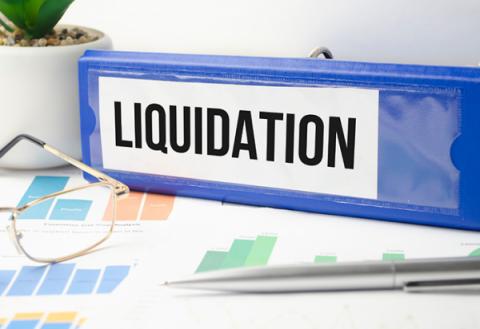The Company had been incorporated as a company limited by guarantee and was also a registered charity. The Company had previously been part of a group that decided to “de-merge” around a year before the liquidation.
The Liquidators had been consulted in September 2022, when the Company did not receive payment of an intercompany debt, initially expected to be paid in July of the same year.
Although the Company had instructed solicitors to recover the debt, the inability to recover the funds when anticipated led to a serious cashflow problem for the Company, which ultimately entered into liquidation in October 2022.
The challenge
The Company’s books and records indicated that the outstanding sum was c£800,000. However, shortly after their appointment, the Liquidators received a proof of debt from the debtor claiming that the Company in fact owed them a sum in excess of £130,000.
The proof of debt was principally a revaluation of the intercompany account between the parties for the period 2019/2020 to the date of the liquidation, but the debtor raised additional allegations including data misuse, breach of confidence and diversion of income by Company staff during the de-merger period.
The Liquidators initially responded to the proof of debt, raising queries with the debtor about the revaluations and the evidence to support their allegations regarding the de-merger period.
Having reviewed the revised figures with the former management team at the Company, they were prepared to allow some additional deductions (where actual figures were now clear but estimates had previously been used, for instance), but they remained of the view that there was a significant sum outstanding to the Liquidators.
They were unable to find evidence to support the allegations around data misuse.
The solution
Lawyers from our restructuring team worked with the Liquidators to resolve this matter and, initially, correspondence was fractious; it was clear that the relationship between the parties had broken down prior to the liquidation and there was a significant level of distrust on both sides.
However, given the Liquidators’ independent position to act in the best interests of the estate’s creditors, we were able to carefully explain to the debtor the Liquidators’ reliance on contemporaneous documentation in order to take position, which made navigation of some of the disputes less contentious for both parties.
Both parties quickly indicated an intention to deal with the dispute as amicably and promptly as possible and two productive settlement meetings were held.
Following these, we negotiated a settlement, which yielded a significant return to the liquidation.
The impact
In this instance, the Liquidators’ duty to investigate and act in the best of interests of the creditors, coupled with their solid understanding of the background to the claims and interest in negotiating a settlement, lead to a satisfactory outcome for all parties.
This case serves as a helpful reminder that, whilst the issuing of a claim remains an option for office-holders, properly engaging in the underlying documents, negotiations and, similarly, mediation can be the best way forward.

